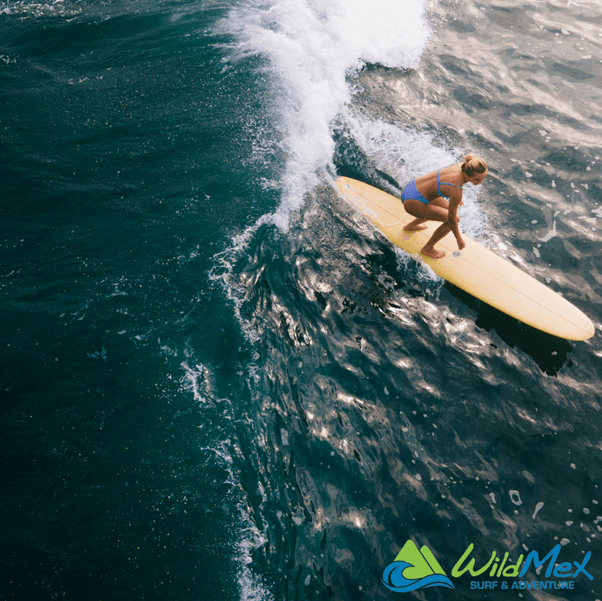Surfing Etiquette 101 – Becoming the Good Kind of Surfer
Our WildMex Surf Camp In Sayulita and Punta Mita teaches true surf etiquette so you can think like a pro even before your first lesson. Registered for the WildMex Surf Camp in Punta Mita or Sayulita? Yeeew! Here’s an early welcome from the Wild Mex team to an adventure you have probably never experienced before! …Read more Surfing Etiquette 101 – Becoming the Good Kind of Surfer

